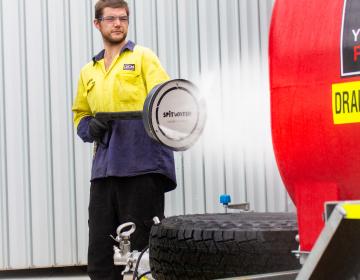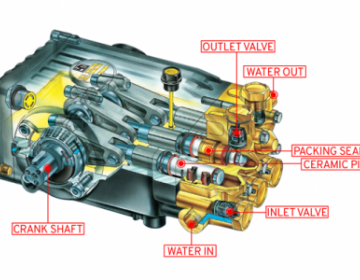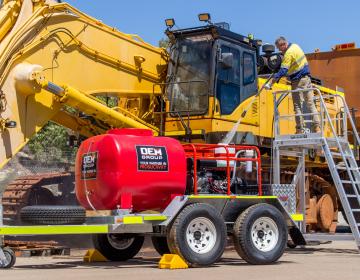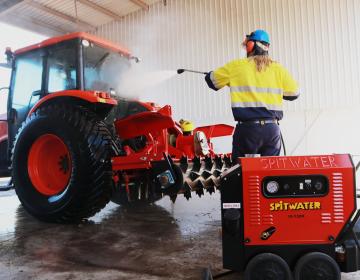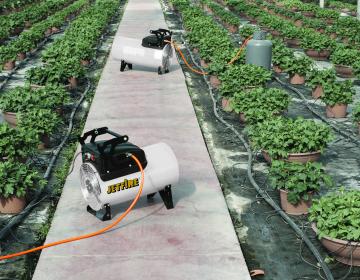HOW TO CHOOSE A PRESSURE WASHER
Are you in need of a pressure washer, but not sure where to start?
We have put together this guide to assist you in making your way through all the technical information associated with choosing a pressure washer.
In this guide we include:
CHOOSING A POWER SOURCE
The first thing you will need to consider is the power source.
The power source is important because it impacts the maintenance, mobility, up front and running costs of the machine.
There are 3 standard power types for pressure cleaners, Electric, Petrol and Diesel.
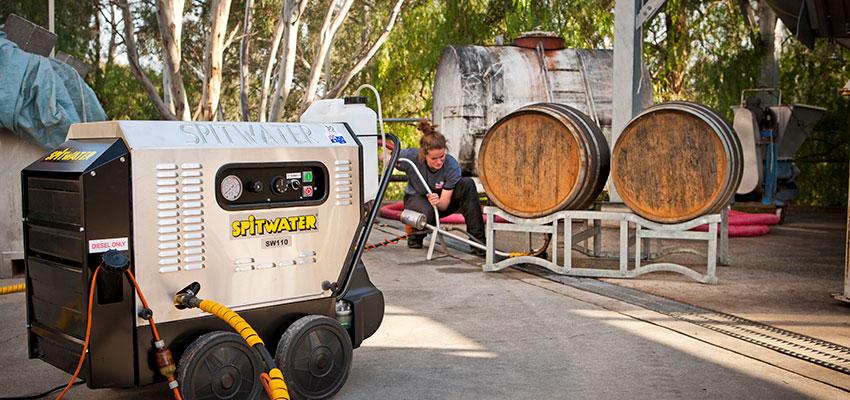
Electric Pressure Washers
|
|
Electric pressure washers come in various amperages as single phase and three phase.
One of the few downsides to utilising an electric pressure washer of any amperage, is the requirement of a power cable, which tends to restrict their movement.
Generally, for this reason, electric machines are used when the objects being cleaned come to the pressure cleaner, rather than the other way around.
This makes them popular in fixed environments like wash bays. Although they can still be moved around as long as power and water are available.
Where they are available though, electric machines tend to dominate the market due to their very low running costs due to, the lack of a fuel requirement, and the low maintenance requirements of electric motors.
If you are working near locations that require minimal disruption, electric machines are quiet running and fume free, making them safe to use indoors. However, if you will be working in remote areas or in need of something easily mobile, petrol and/or diesel may be a better option.
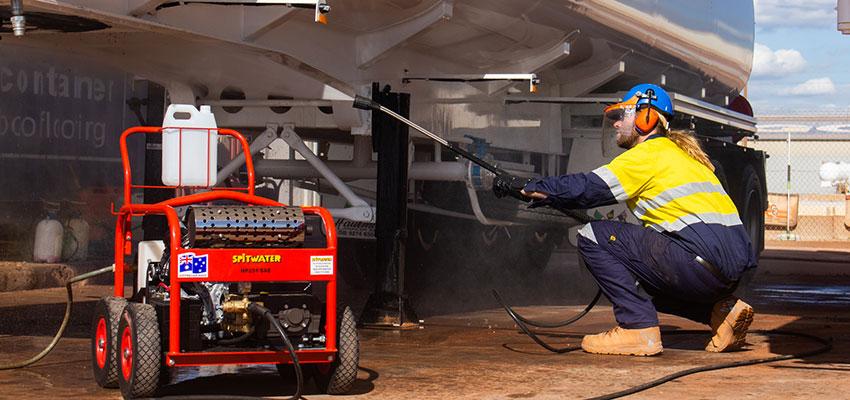
Petrol Pressure Washers
|
|
Most petrol machines are on four wheels, making them manoeuvrable and unrestricted by their power source. This means paired with a water tank, they can be used remotely or moved around between cleaning jobs.
This does however make them heavier than electric machines because they need to carry around their own fuel, and if used remotely their water supply as well. This is often avoided by mounting the pressure cleaner to the back of a ute or trailer.
Another popular consideration is the lower upfront cost which is normally obvious when browsing pressure cleaners. Its important to be aware though that with the lower upfront cost of the petrol machine, also comes a marginally higher maintenance cost over the life of the machine, just due to the wear and tear of the petrol motor in comparison to an electric one.
All this makes Petrol a great option for any form of mobile cleaning operation. However, if your cleaning operation operates regularly or for long hours, it may be worth investing in a diesel instead which tends to be more cost effective over long term.
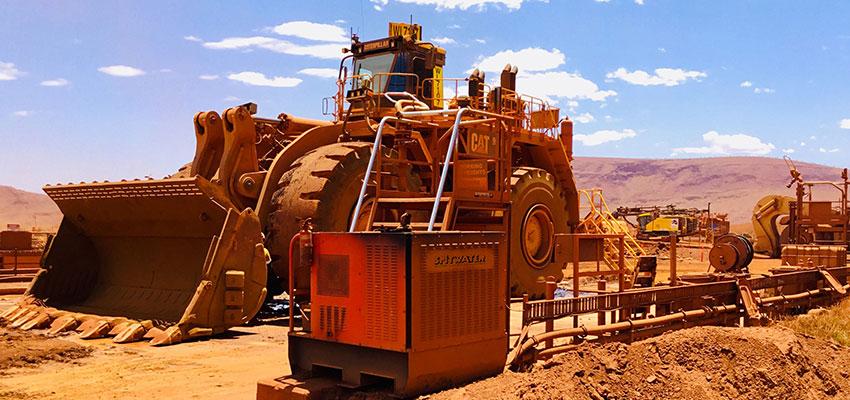
Diesel Pressure Washers
|
|
One of the advantages of a diesel pressure washer is the fuel efficiency. Although diesel might be more expensive to purchase it lasts a lot longer than petrol and can be running for hours on end.
On top of this, they tend to have a higher flow rate and more powerful engines, minimising cleaning times.
Another advantage of diesel engines, is that they tend to last a lot longer than petrol engines.
These things tend to make diesel pressure washers most common for industrial applications. Trailer mounted pressure cleaners are especially common in certain industries, including the mining and earthmoving industries. It’s also a lot more common to find these as hot water machines (more on that later) because of the diesel fuel requirement of hot water, meaning that they only use a single fuel source.
Diesel machines tend to be the heaviest duty, with lower maintenance than petrol and more powerful flow rates. Unfortunately, they do tend to come with a higher base price tag.
HOT OR COLD WATER
The next thing you want to consider when choosing a pressure washer, is whether you need hot water, or cold water.
There are benefits to both and the choice largely depends on what you will be cleaning.

Cold Water Cleaning
|
|
One of the reasons the cold-water machines are so popular is the obvious low up-front cost compared to hot water, due to the fact they don’t have a burner or a heating coil that hot water units require to generate the hot water.
Another advantage of the cold pressure cleaners is that they are more practical in the sense they are smaller and effortless to move around in most cases.
Cold water is great for cleaning anything from loose paint, thick dirt, or mildew off surfaces, but when it come to greasy and oily substances, you will require heavy use of good quality chemical to get these off.
If you are going to be cleaning grease, grime and oils off surfaces regularly, you’ll probably find your money better spent on a hot water machine instead.
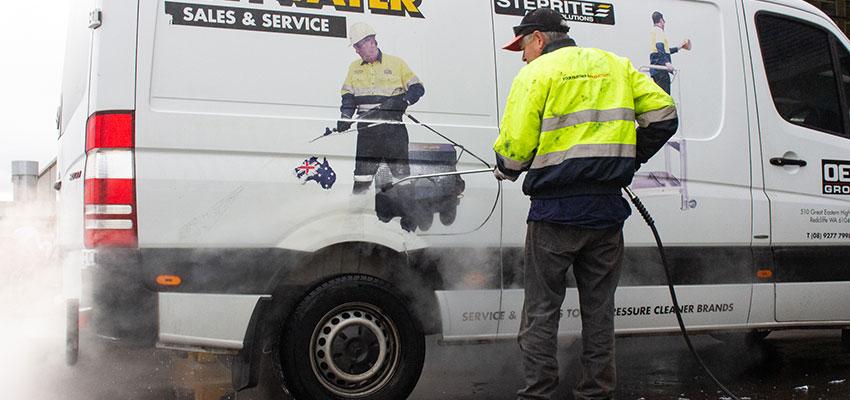
Hot Water Cleaning
|
|
Although hot water machines have a higher up front cost compared to a cold water machine, using hot water can be more cost effective in the long run because you won’t need to regularly purchase chemicals or accessories for tougher cleaning.
Hot water is faster at cleaning than a cold-water pressure cleaner, due to the fact the heat of the water breaks down the substances rather than pushing them around on a surface, cleaning the surface a lot faster.
On top of this, hot water breaks down grease and oil quickly and efficiently at a rate not comparable even by chemical. This makes them very popular for any form of machinery cleaning.
They are also popular for sanitation reasons, allowing businesses in the hospitality industry to clean quickly and efficiently according to the government regulations.
SPECIFICATIONS AND TERMS
Now you've picked out a power source and whether its hot or cold water, it's time to look at specifications.
There are many terms you will come across when looking at pressure washers. PSI, LPM and RPM are abbreviations you will hear regularly, and are all critical things to consider when making your purchase. Another common one is Industry, we'll cover all of these below.
PSI: Pounds per Square Inch
The pressure put out by a pressure cleaner is measured in PSI (pounds per square inch) or BAR.
PSI is a critical consideration in the choice of a pressure cleaner because the pressure put out by the pressure cleaner, impacts directly on the cleaning performance.
Not enough pressure and you’ll end up scrubbing, too much pressure and you can say goodbye to your paintwork.
The requirements can vary depending on what you are using the pressure cleaner for.
Here is a very rough guide to how to look at PSI. (Also bear in mind PSI can be roughly converted to BAR by dividing by 14.5).
1,000 – 1,900 PSI:
This PSI is low. This type of pressure is good for the average homeowner to handle most household and vehicle cleaning jobs, anything from a barbeque to a car wash. This range tends to be most common with domestic pressure cleaners.
2,000 – 2,900 PSI:
This PSI is moderate strength. This type of pressure is good for the heavier residential jobs, or commercial cleaning.
3,000 PSI:
This is a quite high PSI, and most common in industrial and commercial machines. At this PSI you should be careful of what surfaces you clean. Industrial equipment, concrete and boats are common applications for this PSI.
3,000+ PSI:
This PSI is very high. You should be extremely careful with this PSI level as you can easily strip paint or damage surfaces. This PSI level is commonly used for purposes from graffiti or paint stripping, to blasting dried concrete off scaffolding.
Regardless of what PSI range you choose, always be careful on any form of delicate surface. Even a low PSI machine can take paint off if its rusty, or you are using a pinpoint nozzle.
LPM: Litres per Minute
LPM litres per minute measures how much water your pressure cleaner puts out per minute.
A common misconception is that PSI is the most important factor in determining the length of a cleaning operation. However LPM (or flow) actually has a far greater impact on cleaning performance.
For example, you wouldn’t try to put out a fire by throwing a cup of water at it, you would want a larger amount of water. It’s the same with pressure cleaning, a higher flow of water washes away material, much faster than a lower amount. While a high PSI ensures you loosen the dirt, it’s the high flow that removes it.
The more dirt or grime you are trying to remove, the higher you want the flow to be.
RPM: Revolutions per Minute
In the simplest terms, RPM refers to how hard the motor is working.
A higher RPM (3400+) tends to be associated with domestic machines.
These machines are not designed to work for long hours. The motor works harder when it is working and the machine will have a shorter lifespan than a machine designed to work longer hours.
Midrange RPM’s (2800) tend to be used by commercial machines, designed to operate for longer periods than domestic, but still not continuously.
Low RPM machines (1450) are the kind used for industrial applications. Running 8+ hours per day. These machines need to keep running for an extremely high number of hours and are built to suit.
Industry Categorisation
After RPM, you have probably worked out that the industry a pressure cleaner is categorised with is generally determined by the number of hours a day it is expected to run and the PSI/Flow.
To offer a simple categorisation, you can go by the following:
Domestic - Little use, 1 – 2 hours per day.
Commercial - Use up to four hours per day.
Industrial - Heavy use, 4 – 8 + hours per day.
ACCESSORIES TO WATCH FOR
With an idea of what to look for in the specifications, we thought it would be helpful to include some of the accessories you should watch for when purchasing a pressure washer.
The range of accessories for pressure cleaners range wildly, from sand blasting to steaming kits. You can read about some of our favourites here, a few of the more common and important ones to be aware of when buying a pressure cleaner are listed below.
Surface Cleaners
Surface cleaners are designed to allow you to clean large flat surfaces very quickly and safely.
If you application requires cleaning large areas of brickwork or concrete, a surface cleaner will speed things up for you immensely.
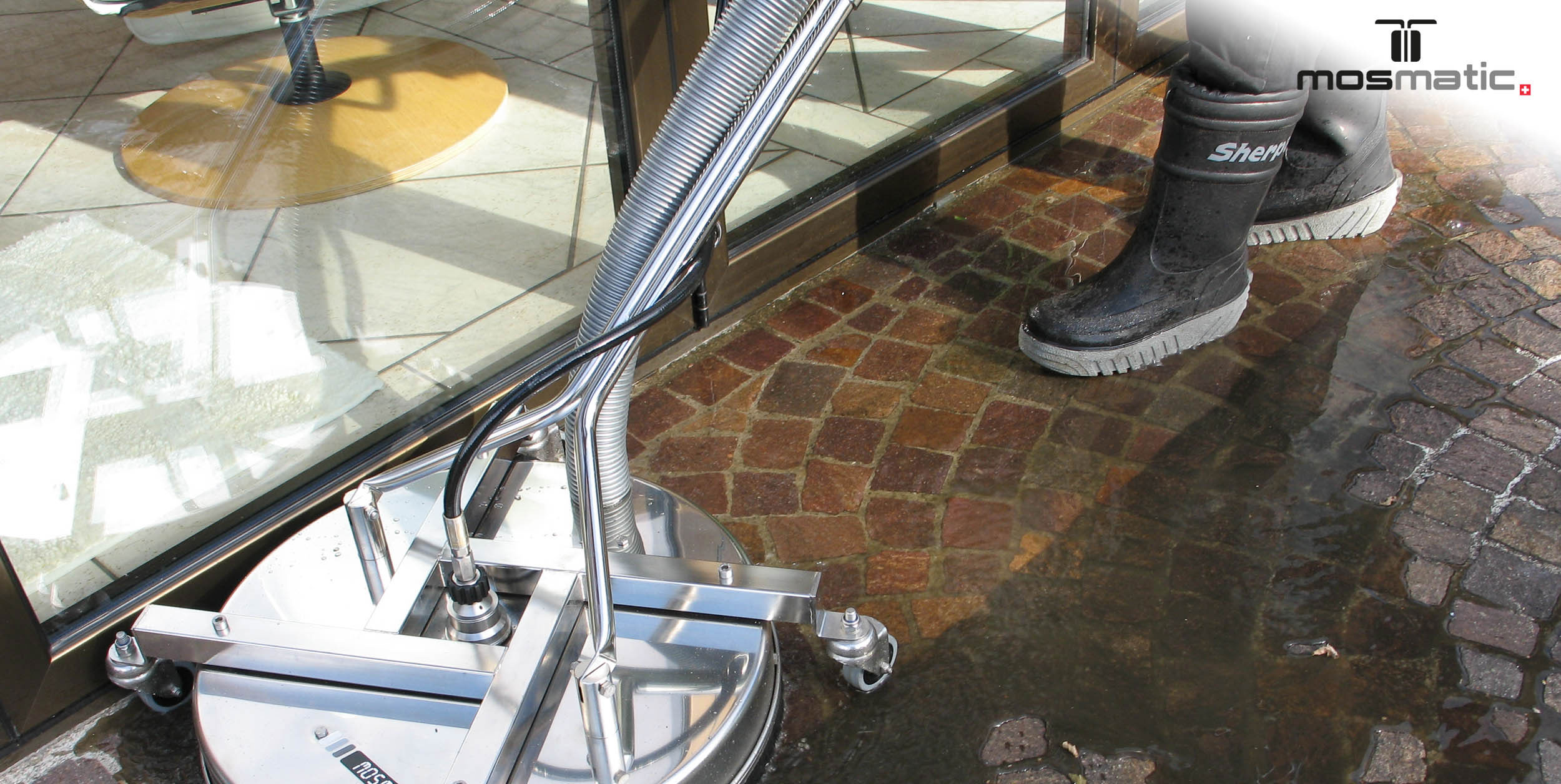
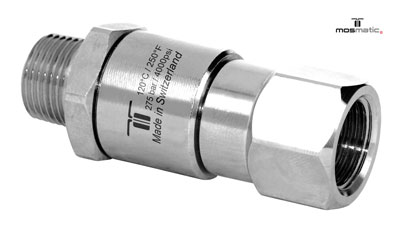
Swivels
Sometimes you can snag a deal where you receive a swivel with your pressure cleaner purchase.
Swivels prevent endless hours twisting and untwisting the thick high pressure hose, and if you can get one, you should, regardless of application.
Foamers
Foamer’s are generally paired with cold water machines to improve cleaning times with chemical.
Foamer’s will mix the chemical with air and water, to allow you to create a snow like covering of foam on the surface allowing the chemical time to dwell on the surface a react with the dirt/grime.
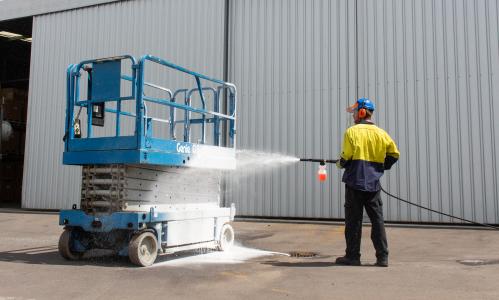
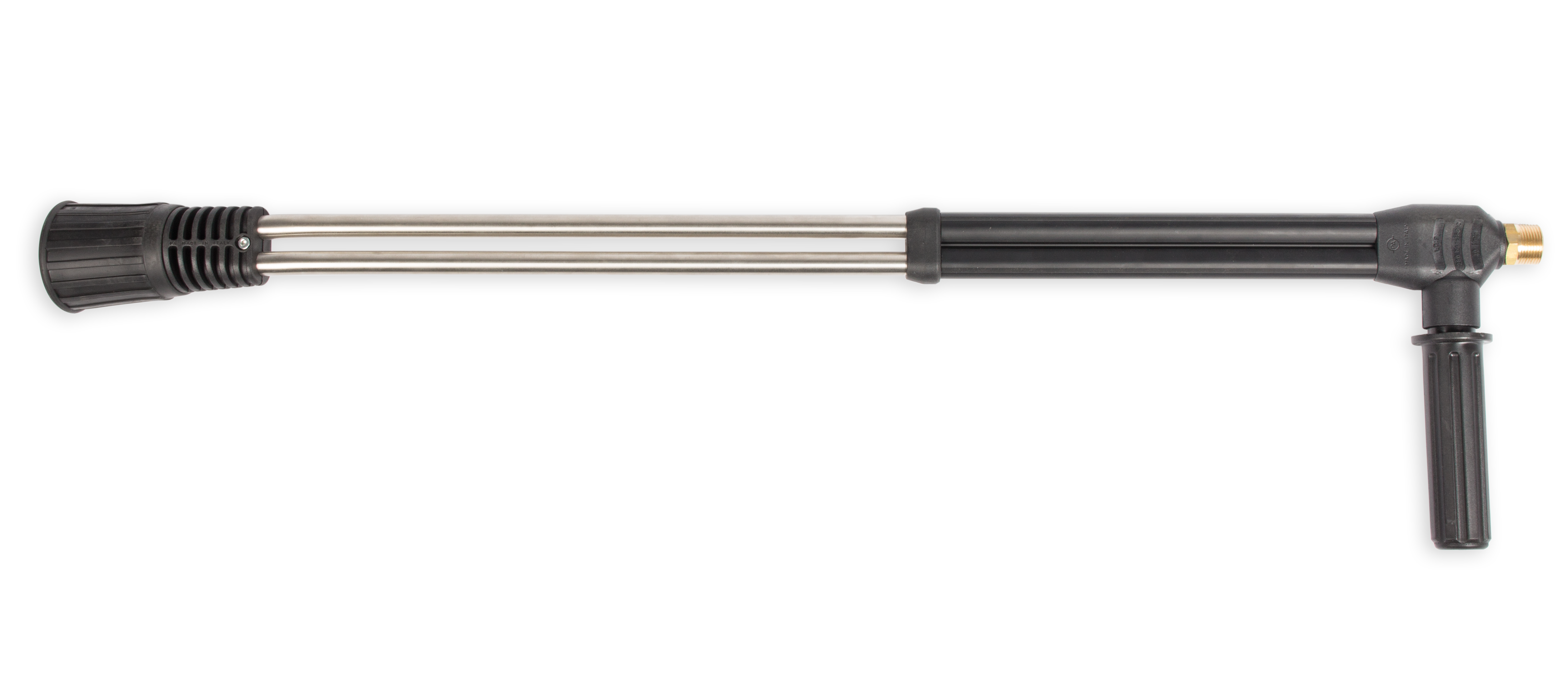
Dual Lances
Dual lances are similar to a multi-reg although they tend to come with higher powered machines.
A dual lance allows you to fit two nozzles, instead of one, and usually have some action to swap between the two nozzles, allowing you to quickly spray chemical from one, and then wash it off with the other. Again, these are a huge time saver.
Multi-Regs
Multi-reg’s come with several pressure cleaners and are designed to speed up the cleaning process by allowing you to adjust the pressure and angle of the spray with the nozzle head.
These can save a lot of time changing nozzles around and are very beneficial to have.
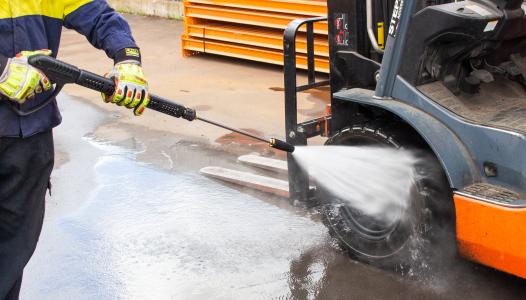
CHOOSING A NOZZLE
Nozzles are something that often, not a lot of thought goes into when purchasing a pressure cleaner. The nozzle in the end of your pressure cleaning lance, sets the degree of a fan you get in the spray combined with the physical force the spray hits at.
There are several types and the applications you clean may prompt you to purchase several with different fans for various purposes.
0ׄ° Fan Offers a pinpoint spray. Very slow cleaning but very high power.
15° Fan Offers a 15° fan of high pressure water. Removes tough grime from a distance.
25° Fan Offers a 25° fan of high pressure water. The most common, good for generic cleaning.
40° Fan Offers a 40° fan of high pressure water. Gentler spray that is more appropriate for delicate surfaces.
Low Pressure Low pressure spray with a wide fan, used for applying chemical or soap.
These nozzles can be interchanged at will, although in order to work properly you need to buy the correct ones for your machine. Most pressure washers will come with a 15° fan.
IMPORTANT NOTE: Never change the nozzles on your pressure cleaning lance while the machine is running, this can cause injury and even death.
GEARING UP
Safety is an important consideration with anything. But where pressure washers are concerned it is paramount.
So we have included some advice for safety with your new pressure cleaner below.
Read the Manual
Reading a manual can often be stigmatised as a waste of time, however pressure cleaners can be dangerous, and the manufacturers put a lot of effort into making sure they offer the best possible advice.
If that’s not enough, they also offer warranty and troubleshooting information.
Wear Protective Gear
Pressure washers are deceptively powerful, and you can easily be injured. Don’t go for shorts and thongs, safety glasses, gloves, and protective shoes should be the minimum.
Don’t Touch
Never, ever put your hand or any other part of you in front of the spray and don’t spray it at anyone else either, also keep children and teens well away.
Ladders are a Bad Idea
Due to the amount of force a pressure washer puts out, they can actually have quite a kick behind them. Be careful not to balance or stand on anything as this is a recipe for a fall. Extension lances are the go for reaching heights.
GETTING STARTED
That concludes all the major considerations in choosing a pressure washer.
If you need more information or are interested in what pressure washers we can supply you can see our range of Australian made, Spitwater pressure cleaners here. Spitwater pressure cleaners come with a wide array of accessories and are built to be highly reliable, where other companies use plastic, Spitwater uses brass and steel, to ensure it operates just as well on its 100th wash down.
We can also supply a massive range of parts and accessories for your pressure washer.
To learn more, or for assistance in choosing a pressure washer, feel free to call us on (08) 9270 0200, or email us on contactoem@oemgroup.com.au


